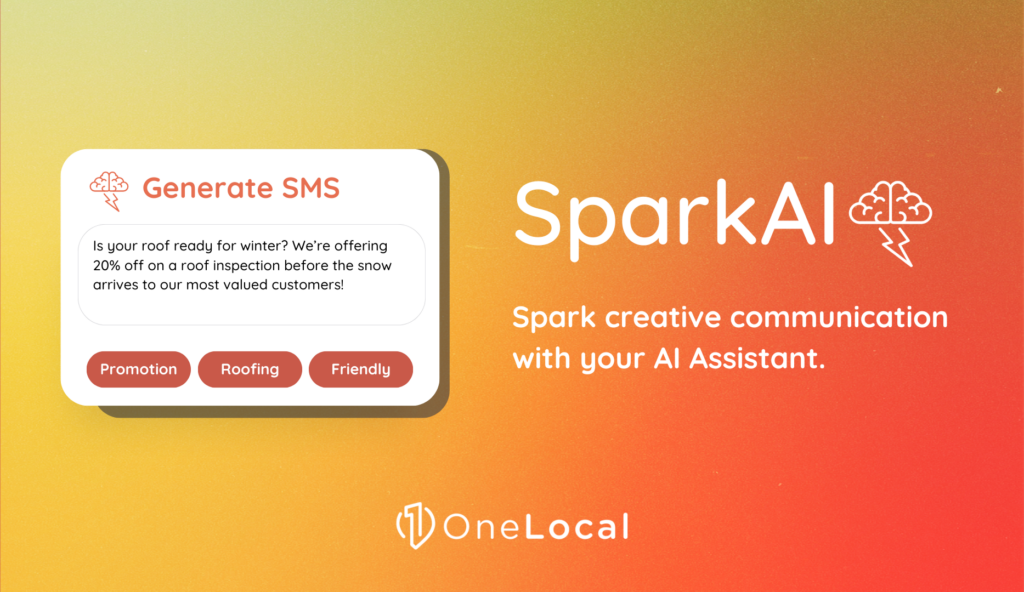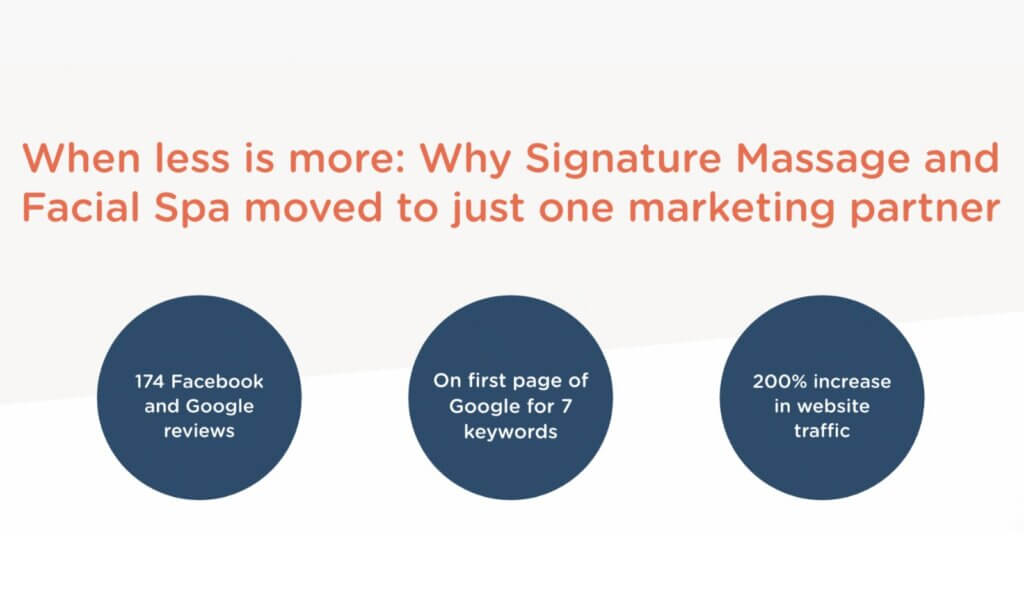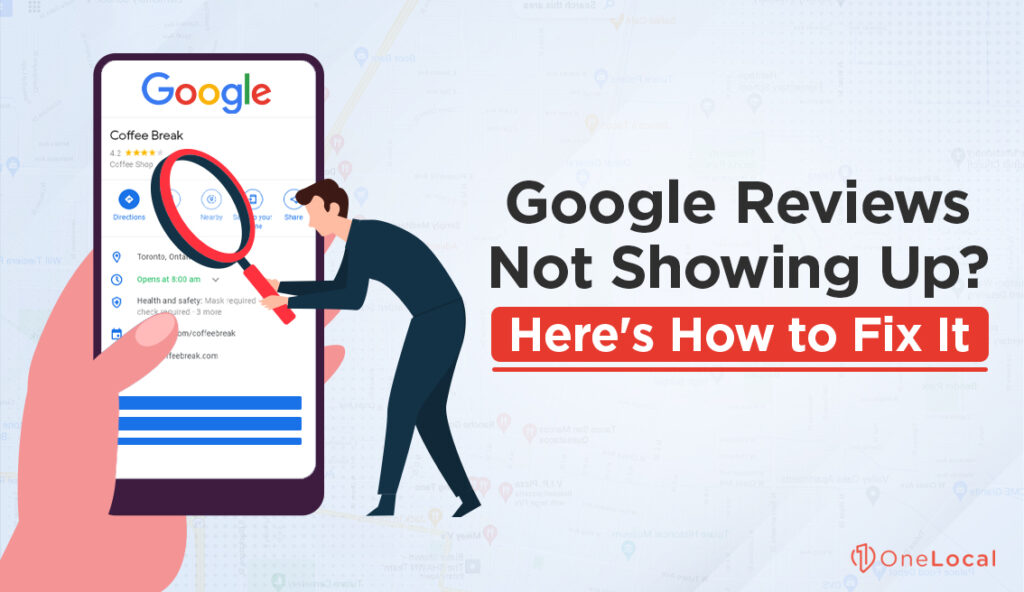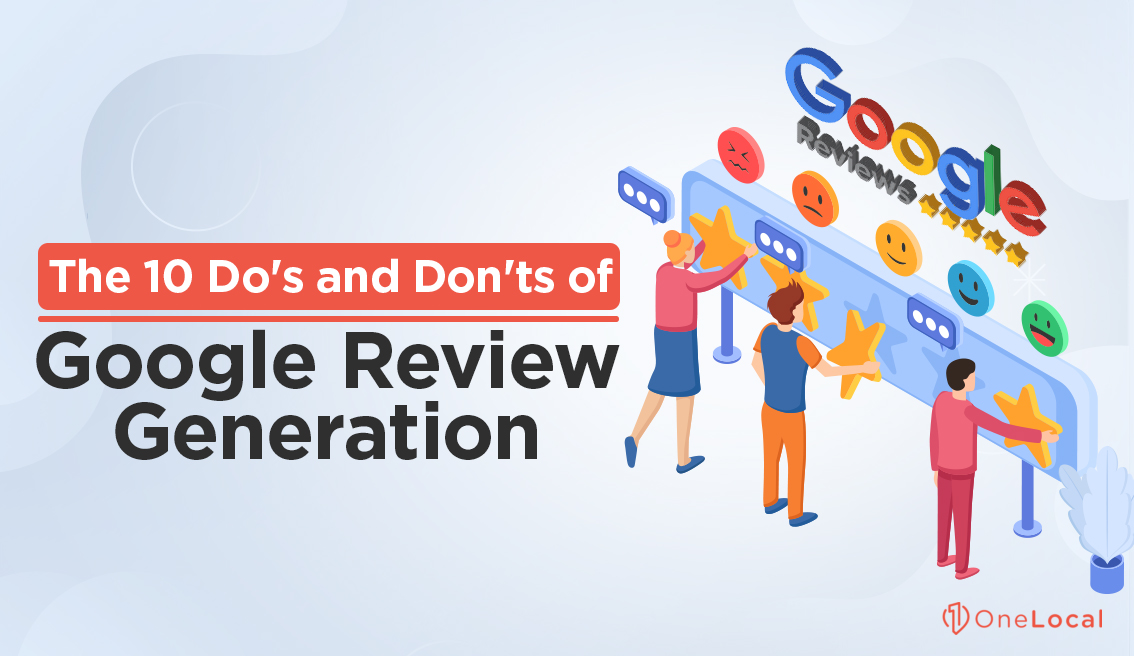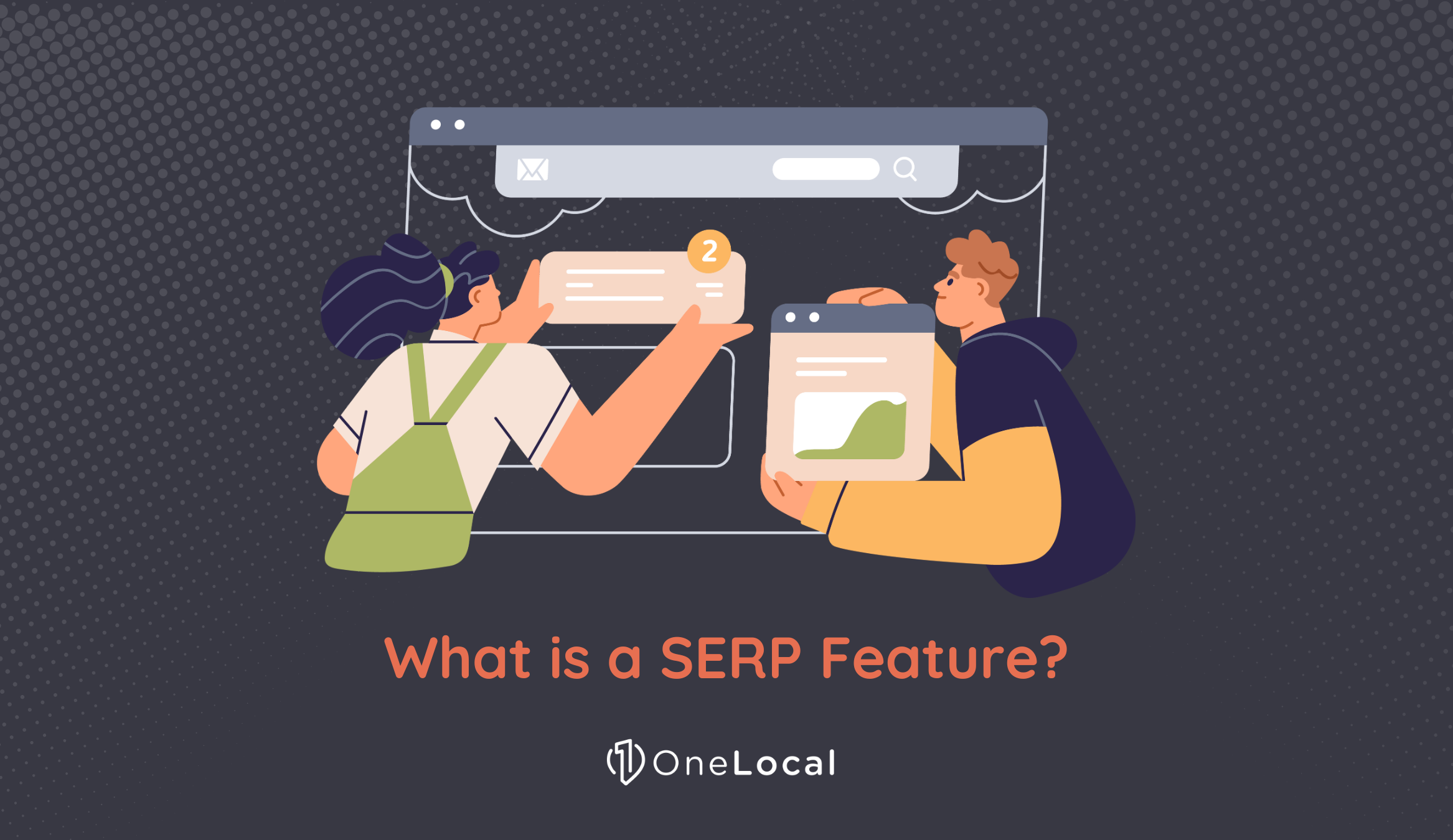Every business needs to be concerned with Google reviews. Even if you don’t think you need a web presence (though you do), Google maps alone is of enormous value to local businesses, and local maps can showcase your business above others in the area if you have enough reviews.
It’s no surprise, then, that many businesses are pursuing some form of Google review generation plan. Some do it manually, others use a reputable service, and still, others use disreputable companies. There are good and bad ways to do it, so we’ve compiled a list of dos and don’ts for Google review generation.
Things to Do for Google Review Generation
First, let’s start with the things you SHOULD do. These are ways to optimize your Google review experience, generate more Google reviews, and optimize the reviews you get.
1: DO claim and optimize your Google Business Profile listing.
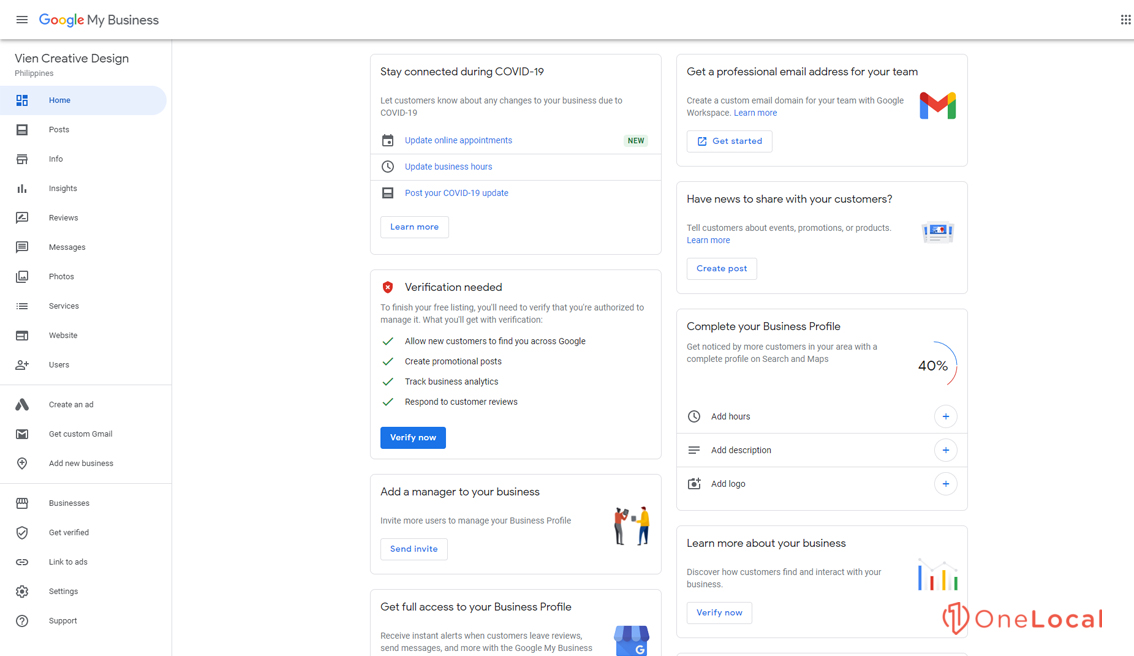
The first thing every business needs to do is claim their Google Business Profile (formerly Google My Business) listing. This listing is your profile, and it allows you to verify ownership, respond to reviews, manage reviews and business information, upload photos, and handle everything else related to your business. It’s easy enough to claim and configure, but we have both a tutorial for claiming your business listing and a list of best practices to help you do it the right way.
2: DO encourage customers to write reviews.
Reviews are not an “if you build it, they will come” situation. The only people who leave reviews are people who have some motivation to do so. In the absence of any incentive or request, that motivation is either extreme satisfaction or, more likely, dissatisfaction. People will leave negative reviews to draw attention to the problems they have and not much else.

Sometimes, all you need to do to get more reviews is ask for them. Plenty of people out there are willing to leave reviews but don’t think about it. If you ask them to leave one, they will. There are other ways you can encourage reviews, but be careful about incentives (see DON’T #2.)
3: DO monitor and respond to reviews.

One key element of reviews is keeping track of them. Thanking users for their positive reviews, addressing comments in negative reviews, calling out fake reviews, and generally making it known that you use the platform will help encourage people to leave reviews themselves. It’s much easier to find the motivation to leave a review when you know someone at the business will see it, as it feels like writing a comment on a postcard and throwing it away if you aren’t responding. People like to be appreciated, even for something as simple as leaving a review.
4: DO encourage cross-posting reviews on different venues.
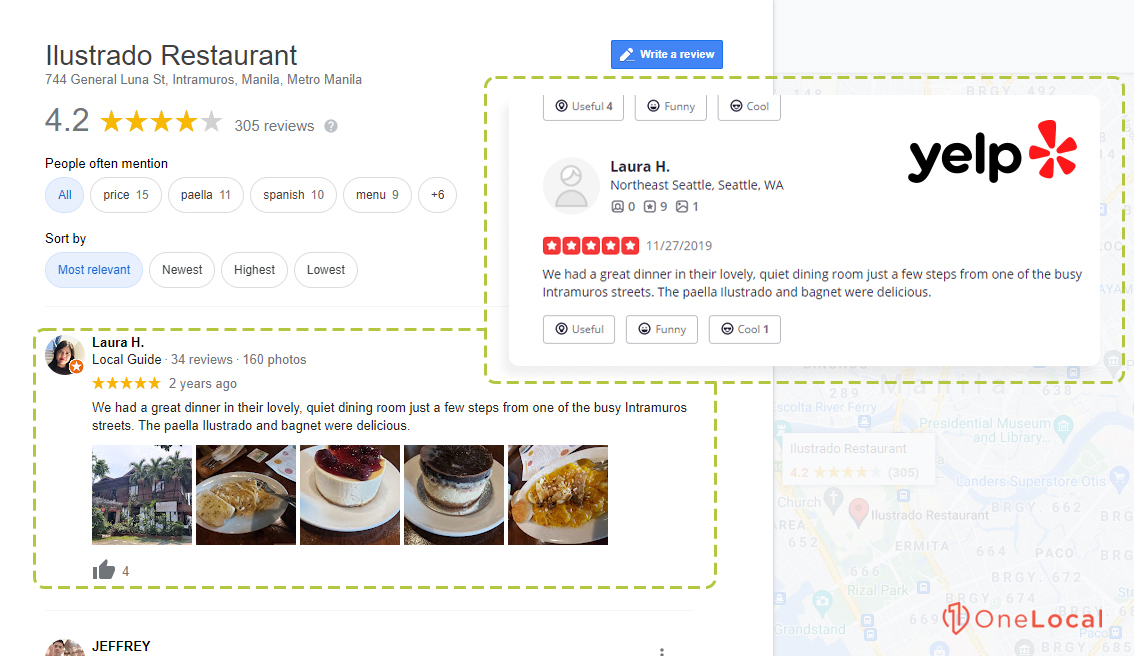
One strategy to get more reviews is to monitor your existing reviews and your user communications channels (such as a newsletter aimed at paying customers) and watch for new reviews. When a user leaves a positive review, reach out and ask if they might be willing to cross-post that review elsewhere. You can use this across venues. For example, a Yelp reviewer might post on Google, and a Google reviewer might post on Amazon. The best of all are people who post on your website directly and are willing to cross-post on Google.
5: DO determine the right time to ask for a review.
One often-overlooked aspect of asking for a review is timing the request.
A common piece of advice is to include a card asking for a review in a product you ship. That’s fine, except the customer will see it when they open the package. What are they going to review? They haven’t even used your product yet.

Understand on average how long it takes a user to get around to using your product. For some, this might be immediately, while for others, it might be days, weeks, or months later. Figure out when users are most likely to be using your product, and then send them a follow-up asking for a review.
6: DO create a leave-behind with value to the user.
Any time you deliver a product or a service to a user, consider ways to keep them engaged. You often see tree trimmers, roofers, house painters, and other services leave signs in their customers’ yards, advertising their services. You’re going for something similar; develop something you can leave behind, to advertise, provide value, and solicit a review.

For example, let’s say you sell a knife sharpening kit. A good “leave-behind” would be a card with links to a PDF of how to use the item, with a review solicitation at the end.
7: DO create a Google review link.
With a little trickery using URL parameters, you can generate a link that, when clicked, takes users directly to the field to leave a review. Here’s how:
- Visit the Google Place ID Finder.
- Look up your business by name.
- Find and copy your Place ID. For example, ours is [ChIJb8-cDdc0K4gRJd9kLZnPOJQ]
- Paste that ID into this link: http://search.google.com/local/writereview?placeid=<PLACE_ID>
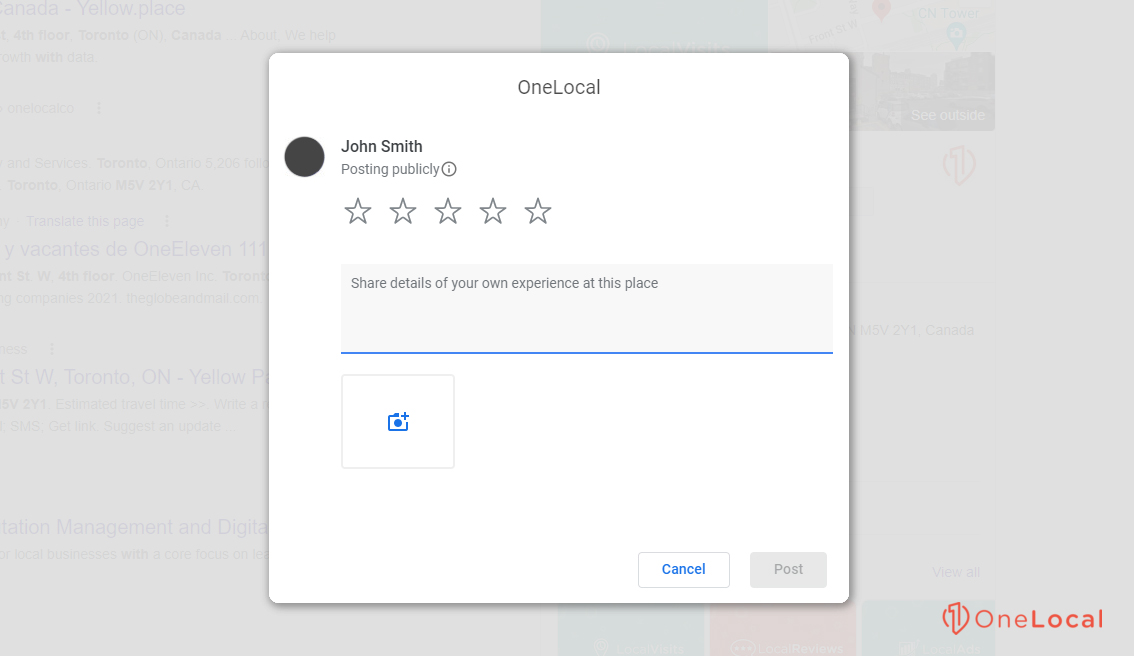
This process gives you a link that looks like this: http://search.google.com/local/writereview?placeid=ChIJb8-cDdc0K4gRJd9kLZnPOJQ. You can then use that link to make it easier for people to leave a review.
8: DO pursue solutions to negative reviews.
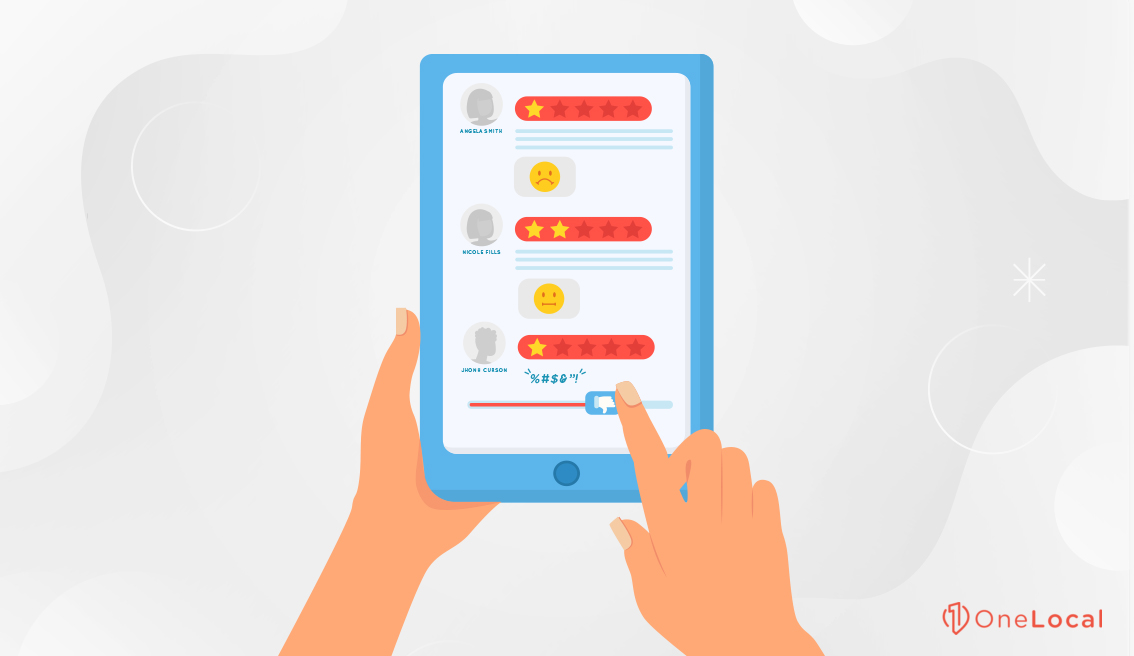
Whenever a negative review shows up, you need to deal with it, in one way or another. First, analyze the review to see if it’s real or fake. If it’s real, respond to the review and offer what customer service you can, and try to expedite solving the solution. From there, the situation is nuanced, so be sure to read our full guide about the topic.
9: DO report fake reviews, good or bad, to get them removed.
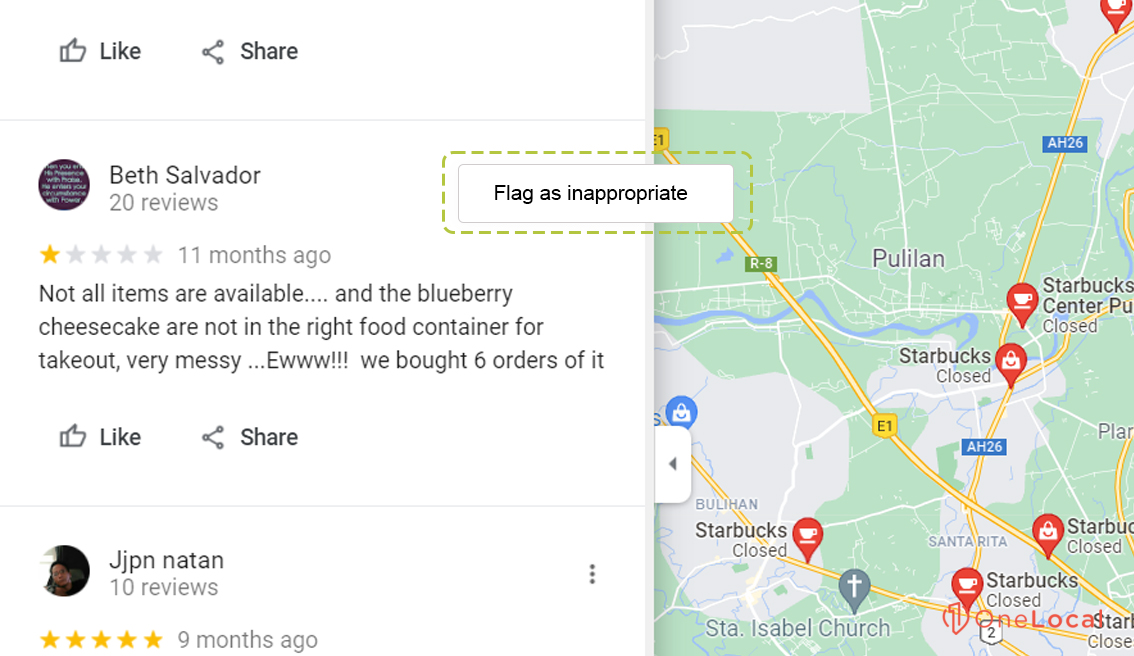
If, in the previous step, you discover that the review you see is most likely fake, you can try to get it removed. Google has good filtering, and when you flag a review, it gets audited to see if it violates any policies. If you can provide specific information that proves the review is fake as well, all the better. Here’s our guide.
10: DO work with a reputable company to get more reviews.
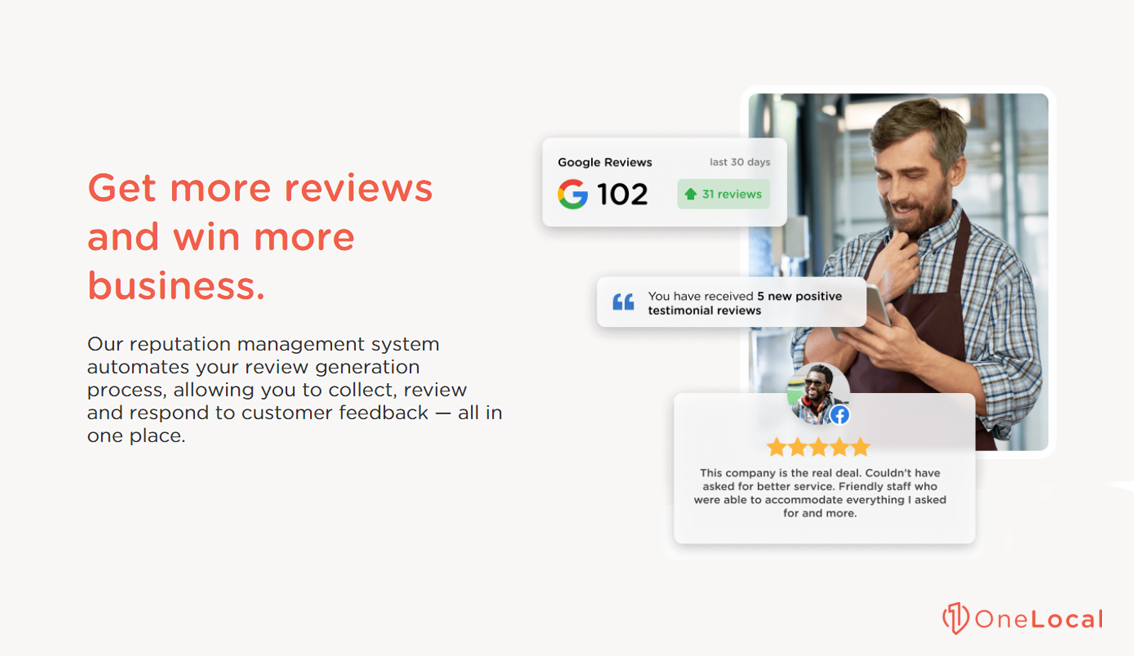
When it comes to Google review generation, one of the hardest parts is actually implementing strategies that work. Growing your reputation and your business through review generation is difficult, so that’s why we recommend leaving it to the pros. Find a reputable company (like us!) and use their services for expedited, effective, and legitimate Google review generation.
Things to Avoid for Google Review Generation
If everything above is what you should do for effective review generation, everything below is what you need to avoid at all costs. Violating these guidelines can do anything from hurt your review generation efforts to getting your account removed from Google’s My Business system. It’s not a game you want to play, to put it simply.
1: DON’T pay for fake reviews.

Paying a shady company or a review seller will get you more reviews. The trouble is, many of them will be quite obviously fake, many more will be deleted right away, and those that survive will get removed in any auditing pass Google makes. It’s quite easy for Google to determine when a review is fake, so all you do is end up wasting your money. Just don’t do it.
2: DON’T incentivize your reviews.

One of the common rules you’ll find about review generation on Google, Yelp, and other platforms; is that you’re not allowed to incentivize reviews. There is no offering discounts, gift cards, raffle entries; anything you think to encourage people to leave reviews by compensating them is against the terms of service. Why? It removes objectivity from the equation. Users don’t know whether the review is legitimate or if it’s instead nicer than it could be because of that compensation.
3: DON’T ask employees to write reviews of your business.

Another violation of Google’s business review terms of service is leaving reviews yourself. Again, if you or your employees are leaving reviews, there’s no way to know if they’re legitimate. Google can track this by keeping aware of data such as names of reviewers correlated with names they see on sites like LinkedIn and your website roster and tracking data like IP address locations.
4: DON’T violate Google’s review terms of service.
Google has hundreds of pages of help documents and terms you must abide by when using their services. For reviews and your Google Business Profile, relevant documents include:
- Google’s General Terms of Use
- Google Business Profile Additional Terms of Service
- Guidelines for Representing Your Business on Google
- Prohibited and Restricted Content Rules
- Maps User Contributed Content Policy
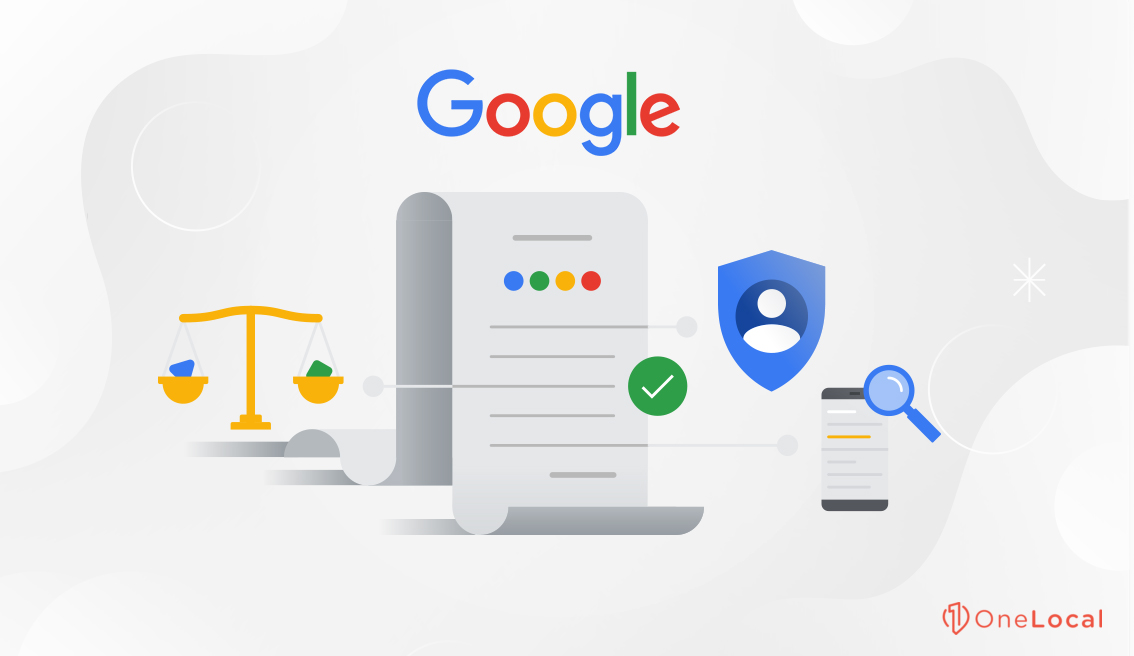
There are other relevant documents as well, but as long as you’re within the bounds of these, you’ll be covered by those as well. There’s a lot of redundancy baked into these documents, and a lot more is common sense.
5: DON’T worry about maintaining a perfect 5-star rating.
Trying to maintain a perfect 5-star rating is, ironically, likely to hurt more than help. Users tend to trust lower reviews more than higher reviews; after all, a positive review could be paid for, while a negative review is more likely to reflect real customer issues, right? This mindset ignores that negative review bombs can happen, but it’s a matter of group psychology.

A few 3- and 4-star reviews are fine. You can use them as an incentive to reach out, learn more, and find ways to improve your business, but they aren’t the crisis a 1- or 2-star review is. As long as your overall business average is 4+ stars, you’ll be fine.
6: DON’T just generically ask for a review.
Another common mistake made when generating Google reviews is just asking for “a review.” Doing this leaves many people without ideas on what to write. Instead, ask them specific leading questions that can guide the direction of their review. For example:
- Ask what they liked most about the product or service.
- Ask if the individuals they spoke with were pleasant and helpful.
- Ask if the customer service they received was high-quality.

By asking contextually-relevant leading questions, you can guide the direction of a user review to your benefit.
7: DON’T ignore varied channels for soliciting reviews.

You can ask for reviews through a variety of channels. Ask with calls to action on your website. Ask through email. Ask through SMS. Ask through an insert in your product or a leave-behind, as mentioned above. Make use of any channel you have available, but be sure not to violate spam laws or send unsolicited messages.
8: DON’T create a “review station” in your business.

This one is rare but does happen. You might think it’s a good idea to set up a computer in your business that users can use to leave a review. While you might get more reviews, Google will see them all coming from the same IP address and may assume that they’re fake, left by your employees. This can get them removed, setting you back to square one.
9: DON’T panic over a bad review.

A single bad review is no big deal. Bad reviews happen all the time; you can treat them as an opportunity to improve. Once you determine whether or not the review is legitimate, you can investigate the issue and do what you can to fix it. That can mean anything from fixing a bug in software to fixing a supply line problem to firing a problematic employee. Taking action is vital, and you can’t take action without knowing there’s a problem to act on.
10: DON’T ignore chances to hire a great company for Google review generation.
One of the best things you can do for your business is to set up Google review generation. We’re highly experienced at all of the tips and tricks that work, and we have a long track record of providing high-quality, genuine reviews for our clients. Check out our service and reach out today.

Additionally, if after today’s topic, you ever have any questions or concerns regarding Google review generation, feel free to contact us at any time. We would be more than happy to assist you.

Rachel Solway is a seasoned marketing professional dedicated to empowering small businesses through innovative marketing strategies. With extensive experience at OneLocal, a leading marketing solutions provider, Rachel’s insights are helping thousands of local businesses navigate the digital landscape.

